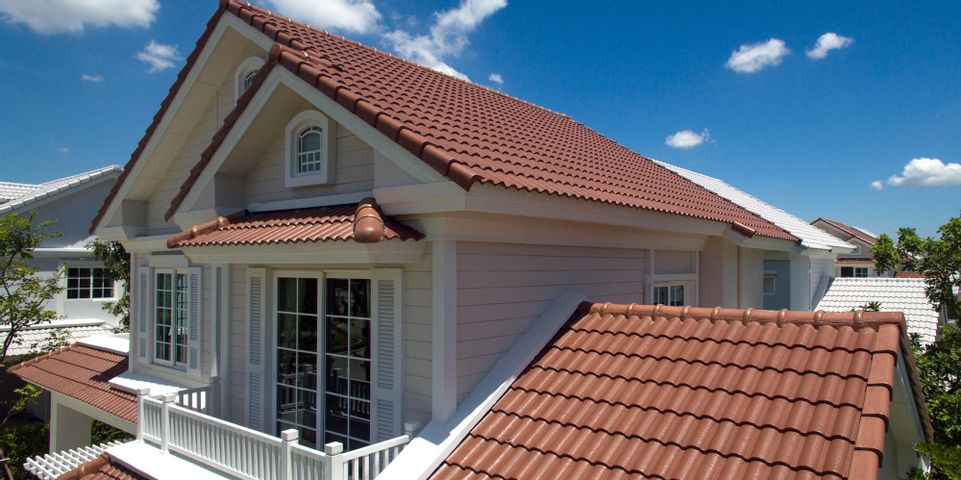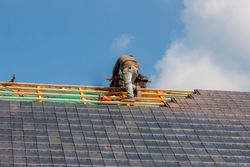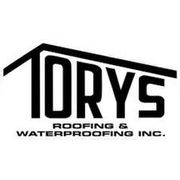
Replacing your roof will not only improve the appearance and durability of your home but also reduce your energy bill. Older roofs can trap heat, wearing down your cooling system. Here’s a closer look at how upgrading the roofing materials will reduce energy expenses.
How a New Roof Leads to Energy Savings
1. Reduce Surface Temperature
A roofing contractor can install Energy Star® solar reflective shingles to reflect infrared radiation, which heats the surface of your roof. Removing that heat will lower the temperature up to 50 degrees F, keep your home more comfortable, and avoid overworking the AC unit.
The color of your roof can also affect heat absorption levels. Choose lighter-colored shingles to reflect more light.
2. Improve Ventilation
 Aging roofs can contribute to poor ventilation, confining hot air that raises the temperature throughout your home. Prolonged exposure to sunlight can also warp shingles, making them less effective at ventilating your home. The resulting heat will strain your AC system as it tries to compensate, subsequently raising your monthly energy bill. Investing in a new, properly ventilated roof will release that hot air.
Aging roofs can contribute to poor ventilation, confining hot air that raises the temperature throughout your home. Prolonged exposure to sunlight can also warp shingles, making them less effective at ventilating your home. The resulting heat will strain your AC system as it tries to compensate, subsequently raising your monthly energy bill. Investing in a new, properly ventilated roof will release that hot air.
3. Boost Wind Resistance
Wind damage can lead to roof leaks or drafts that will raise cooling costs. Fortunately, energy-efficient roofing materials can protect against winds up to 150 mph and prevent shingles from peeling or ripping and nails from loosening. To further protect against drafts and leaks, consider tight-sealing clay or concrete roof tiles.
When you’re in the market for a new roof, turn to Tory’s Roofing & Waterproofing in Pearl City, HI. Since 1972, the family-owned company has handled commercial and residential roofing projects throughout Oahu. They’re certified by the Better Business Bureau®, Roofing Contractors Association of Hawaii (RCAH), and Associated Builders and Contractors Inc. (ABC). Receive a free quote by calling (808) 456-5990 or visiting their website.
About the Business
Have a question? Ask the experts!
Send your question

